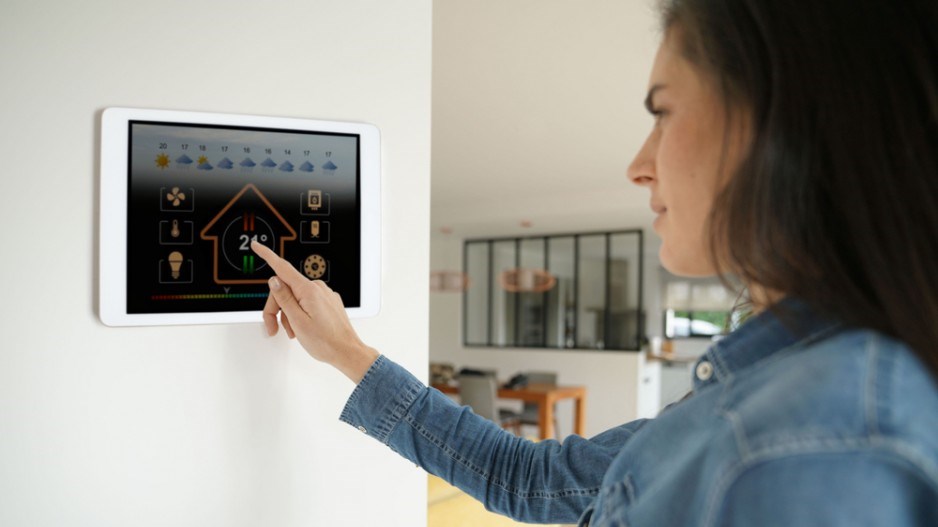As fall continues and temperatures drop across Canada, we may be in for a winter of increased home energy use. December has already brought record-breaking snowfalls to Alberta, and British Columbians are being asked to conserve on account of a natural gas shortage.
A Canada-wide survey by Research Co. sought to find out if Canadians are relying more heavily on home heating. Across the country, two in five residents (41%) say their energy use at home has increased over the past few weeks.
Atlantic Canadians, who endured a severe cold snap on the second half of November, are ahead of every other region when it comes to home heating (46% say their use has increased recently), followed by Ontario and British Columbia (43% each), and Manitoba and Saskatchewan (42%). The provinces where the fewest Canadians are reporting a growth in energy use at home are Quebec (37%) and Alberta (36%).
The cold nights of November also provide the first opportunity to see how Canadian households are handling the thermostat. As part of this survey, we asked those who are married or living with a significant other who is in charge of setting the temperature at home.
Two in five Canadians (40%) claim to be solely responsible for this task, while fewer than one in five (18%) defer the duty to their spouse or partner. Three in 10 (30%) say they both share equally when it comes to home heating decisions, while 12% are undecided or chose not to answer the question.
Canadian men are more likely to claim they are exclusively in charge of the thermostat at home (43%, compared to 38% for women), while Canadian women are more likely to say home heating is a joint responsibility (34%, compared to 25% for men).
Albertans are way ahead of every other region in having the largest proportion of residents (68%) who say they unilaterally call the shots on home heating, followed by Manitoba and Saskatchewan (53%).
Quebec boasts the largest proportion of residents who say home heating decisions are taken by both partners (46%, compared to the Canadian average of 30%) and also the largest number of respondents who defer to their spouse or partner (24%, compared to the Canadian average of 18%).
British Columbia is second to Quebec on reaching home heating decisions bilaterally (34%), followed by Atlantic Canada (33%).
While these numbers point to some pronounced regional differences, it is what we do when our spouse or partner is not looking that adds a necessary layer of analysis. Regardless of whether the household is one where a single person (supposedly) makes decisions on home heating, there is little stopping us from making our way to the thermostat and changing the settings.
Across the country, three in 10 Canadians (30%) say they change the temperature at home without telling their spouse or significant other “all of the time” or “most of the time,” while just 19% say they have “never” taken this course of action.
Women are decidedly more likely to change the settings without warning (35%) than men (25%). There is little fluctuation across age groups, but some regional disparities become evident once again.
British Columbians are more likely to change the settings when nobody is looking (35%) and the least likely to say they would never fidget with the controls without the knowledge of their spouse or partner (8%).
The results paint a clear picture of how coupled Canadians in specific provinces are dealing with the so-called “thermostat war.”
Quebecers appear to be extremely respectful, in great part because they affirm that the decision on home heating is taken equally. More than a third would not touch the thermostat after consensus has been reached.
British Columbians may have one of the highest proportions of people in the country who say they decide home heating settings equally. However, they are also more likely to do whatever they please – without consultation.
Residents of Saskatchewan and Manitoba are more likely admit they fool around with the thermostat “only sometimes.” For them, adjusting the settings seems to be determined on a case-by-case basis.
Albertans are in a league of their own. They are more likely to say they take charge individually and are also the least likely to be overruled. They must be doing something right.




